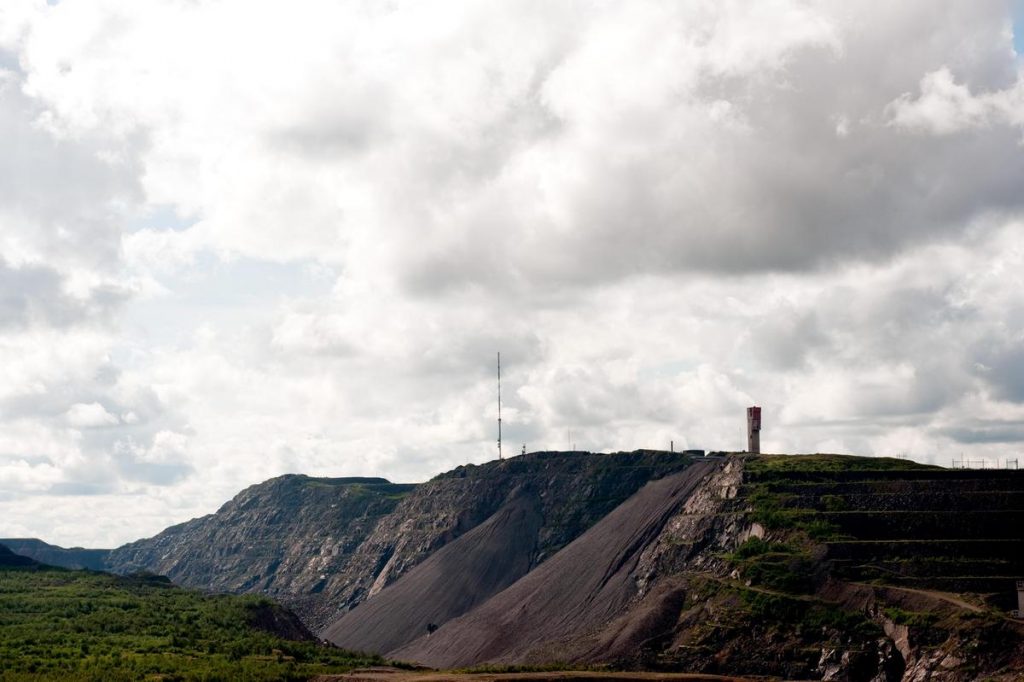Sustainable Communities and the Legacy of Mining in the Nordic Arctic
The overall objective of the project is to investigate how the legacies of mining have impacted communities in the Nordic Arctic. Specifically, the project examines how the material structures produced by mining influence the prospects for producing sustainable communities, and how the industrial heritage can function as a resource for imaging sustainable economic futures.
The project employs a multi-disciplinary approach (drawing on archaeology, history, anthropology, cultural studies, and human geography) and seeks to produce insights and lessons applicable across different mining-based communities in the Nordic Arctic. The project is based upon three discrete summer fieldwork phases, respectively at Kiruna (Sweden), Qullissat (Greenland), and Longyearbyen and Pyramiden (Svalbard).
This initiative explored the legacies of mining in Arctic mining communities: Kiruna (SE), Qullissat (GL) and Pyramiden and Longyearbyen in Svalbard (NO). The research studied the social, cultural, economic and environmental legacies of mining, including the potential for cultural heritage making and sustainable development after the end of operations. Read more on the project website.
Applicant: Division of History of Science, Technology and Environment at KTH Royal Institute of Technology
Countries: Sweden, Norway, Denmark, Greenland, Russia
Project start 2014, expected to be finalized in 2016.
Copyright pictures:
Johannes Jansson/norden.org
